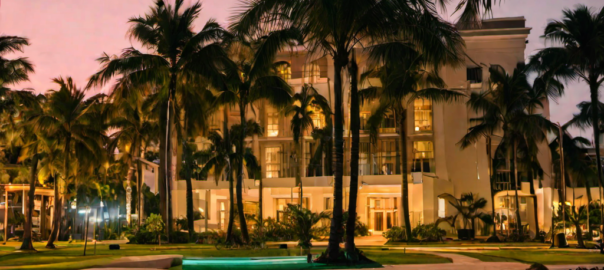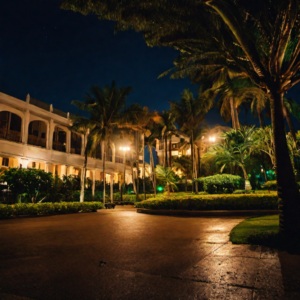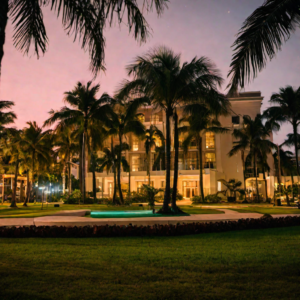Enhancing Campus Safety: A Guide to Outdoor Lighting for Administrators

As school administrators and facility managers, the safety of students, staff, and visitors on your campus is of paramount importance. One crucial yet often overlooked aspect of campus security is outdoor lighting. Properly designed and strategically placed outdoor lighting can significantly contribute to a safer and more secure environment. In this guide, we will delve into various tips and considerations for enhancing campus safety through well-thought-out outdoor lighting solutions.
Assessing Lighting Needs
Before implementing any changes, conduct a thorough assessment of your campus lighting needs. Identify high-traffic areas, potential blind spots, and places where improved visibility is necessary, such as parking lots, pathways, entry points, and recreational spaces.
Optimal Lighting Placement
Strategic placement of lighting fixtures is key to effective security. Install lights at entry and exit points, along pathways, near building corners, and around parking areas. Illuminating these areas minimizes hiding spots and deters potential intruders.

Consider Light Levels
Ensure that the light levels are appropriate for the intended purpose of each area. Well-lit pathways should have higher light levels compared to ambient lighting in recreational spaces. LED lights are energy-efficient and can provide the required illumination while also reducing energy costs.
Motion-Sensor Lighting
Motion-sensor lighting is an excellent addition to any security lighting plan. These lights activate when motion is detected, which can startle potential intruders and alert security personnel. Place motion-sensor lights near entrances, corners, and blind spots to enhance their effectiveness.
Using Timers and Dimmers
Implement timers to ensure that lighting remains consistent throughout the night. Dimmers can help create a balance between safety and energy conservation during low-traffic hours. For instance, dimmed lights can guide individuals without creating excessive glare.
Incorporating Smart Lighting Systems
Modern technology offers the advantage of smart lighting systems. These systems allow remote control of lighting levels, timings, and even color temperatures. Administrators can adjust lighting settings according to changing needs, events, and emergencies.
Addressing Light Pollution
While illuminating your campus for safety, be mindful of light pollution. Excessive or poorly directed lighting can lead to light trespass and negatively impact neighboring areas. Use shielded fixtures and focus the lighting where it’s needed most.
Regular Maintenance
Outdoor lighting requires regular maintenance to ensure its effectiveness. Burned-out bulbs, dirty fixtures, and other issues can compromise security. Implement a routine maintenance schedule to promptly address any lighting-related concerns.
Security Camera Integration
Integrate lighting systems with security cameras for enhanced surveillance. Well-lit areas improve the quality of camera footage, making it easier to identify potential threats and incidents.
Community Involvement
Engage with students, staff, and the wider community in discussions about outdoor lighting improvements. Their insights and concerns can provide valuable perspectives on areas that need attention.
 Strategic outdoor lighting is a powerful tool for enhancing campus safety. By carefully considering placement, light levels, and modern technologies like motion sensors and smart lighting systems, administrators can create a safer and more secure environment for everyone on campus. Remember that a well-lit campus not only fosters safety but also contributes to a welcoming and inclusive atmosphere.
Strategic outdoor lighting is a powerful tool for enhancing campus safety. By carefully considering placement, light levels, and modern technologies like motion sensors and smart lighting systems, administrators can create a safer and more secure environment for everyone on campus. Remember that a well-lit campus not only fosters safety but also contributes to a welcoming and inclusive atmosphere.
Contact your campus lighting designer at Outdoor Lighting by Decorating Elves to create and implement your plan! Call 727.474.2628 or contact us.

